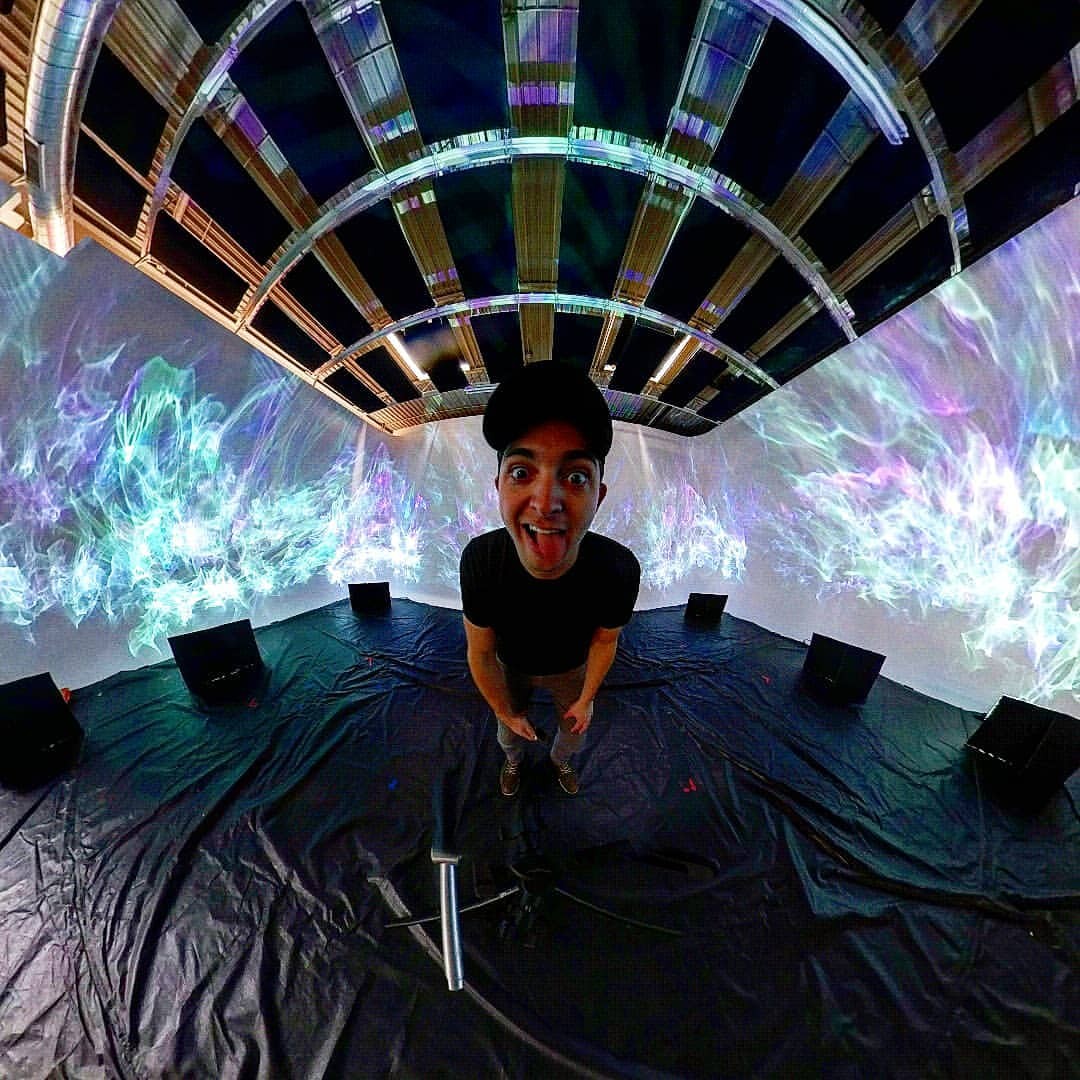We caught up with the brilliant and insightful Brian Skalak a few weeks ago and have shared our conversation below.
Brian, thanks for joining us, excited to have you contributing your stories and insights. What’s been the most meaningful project you’ve worked on?
When it comes to meaningful projects, I think the ones that stand out most are where I’d built something from scratch and helped others to be able to show their work in new and unique ways as well. A few years into my exploration into projection, light and digital art forms, I realized that there weren’t any real outlets for showing these types of work. Traditional galleries are looking for physical pieces that need to have a price tag – while myself, and others, wanted to build experiences that people could see, touch, feel, and interact with – without any real means of “buying” the piece in most cases.
Thus began the build-out of three event series: Art-Tech Experience – a general digital art event featuring unique A/V performance, video art, projections, interactive and glitch, Light Spa – a light and immersive focused series where things were projected, lit up, or otherwise utilized light in new ways, and ESC: Experiential Sensory Collective – a collaboration with REM5 VR Lab where we’d have the tech and space to open the doors to VR, AR, 360 video, and beyond.
These events served a number of purposes, for me I was able to find new artists, show new work of my own, and bring people together who had never seen anything quite like this in the Twin Cities before.
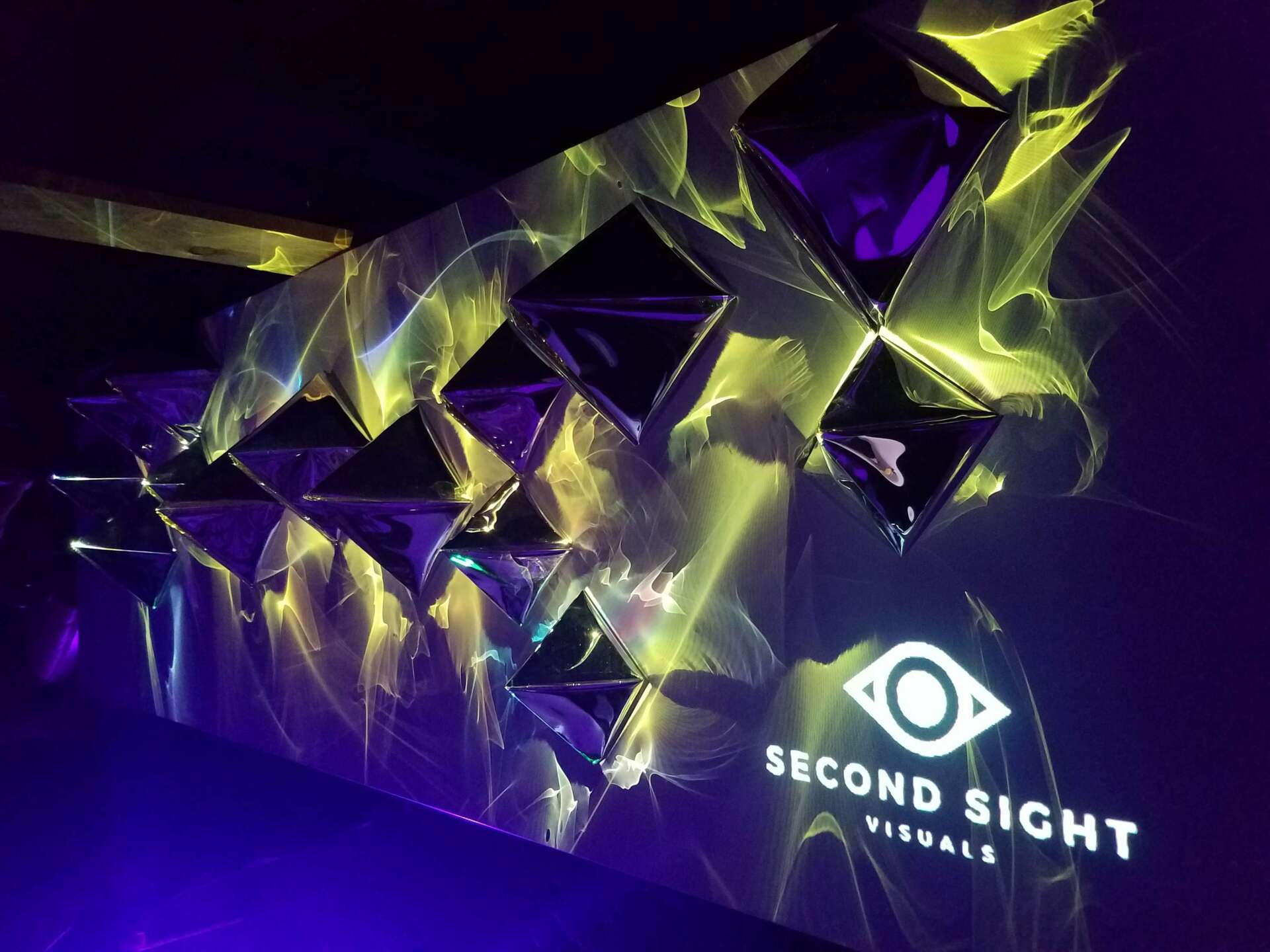


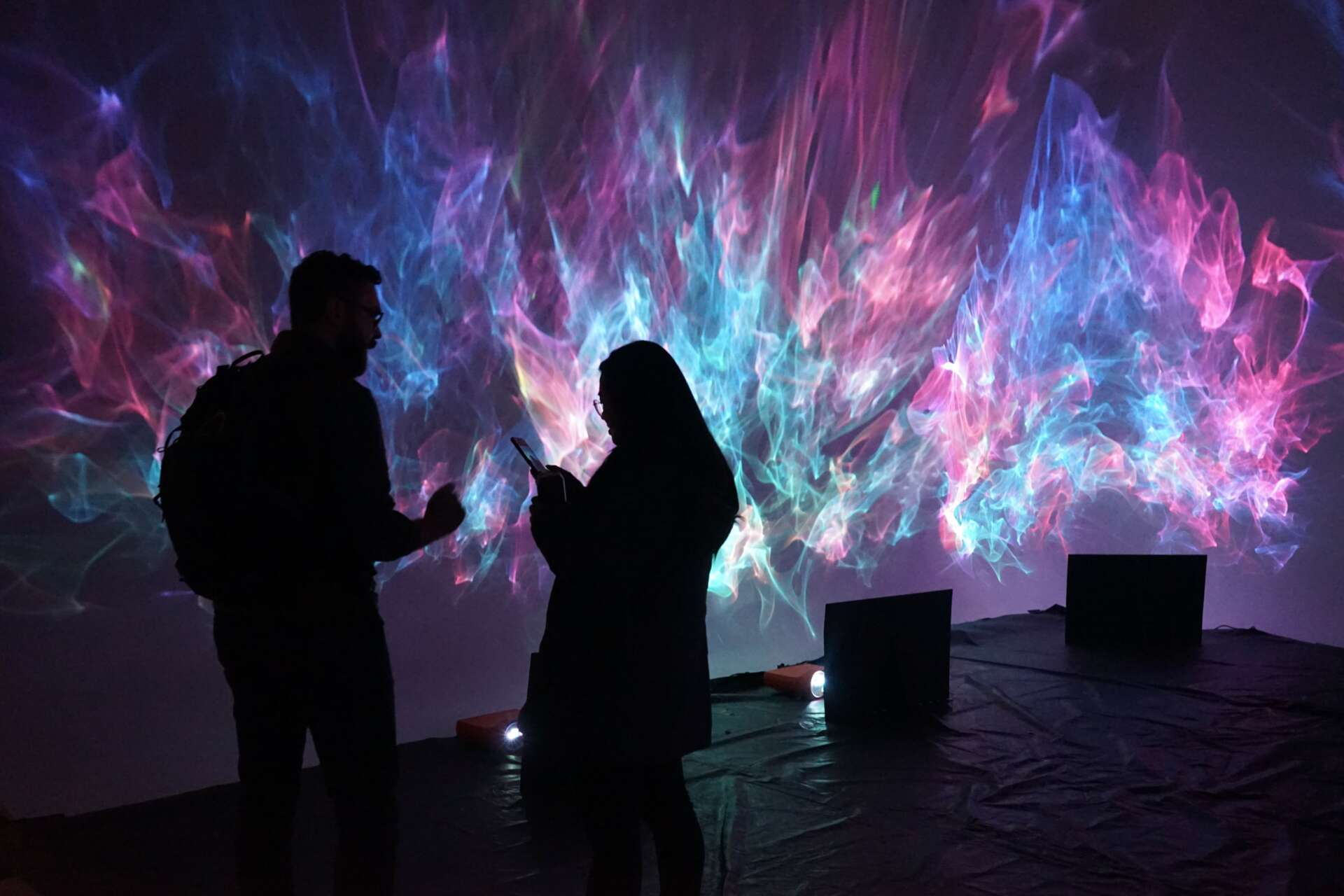
Awesome – so before we get into the rest of our questions, can you briefly introduce yourself to our readers.
My government name is Brian Skalak, but since about 2016 I’ve been showing work under the name (and business name) Second Sight Visuals. “Second Sight” comes from Scottish Highland mythology and refers to seeing otherwise invisible objects. I figured that was exactly what I wanted to bestow into others with my creations whether through video art, VJing, light installations and beyond.
Initially I was given an old projector from an ad agency that I used to work at and really the rest is history. I learned simple projection mapping (~2015/16) and began to work with local bands to create unique visual experiences at venues and festivals.
These experiments with projectors led to more abstract and non-traditional uses to reflect and refract the light. It was around that time (2017/18) that I discovered the Psychedelic Light Show Preservation Society Facebook Group (a rich community and great place for anyone to start). Members of this group often referenced “Lumia” a form of light art that was exactly what I had become a practitioner of. I think that for a while, and still to this day, my favorite aesthetic – and hopefully one that I’m also fairly recognized for – are these interactive and abstract light forms. I was invited to speak twice at the international symposium and bring a unique perspective of bringing in interactive was to create these patterns through technology.
Beyond that, I like to build site-specific creations for clients at music and art events where we can create something fun, memorable, and interactive.
In your view, what can society to do to best support artists, creatives and a thriving creative ecosystem?
When it comes to live events (covid aside), the best way to support is to show up. Go out to these events that are trying to do new and unique things. But on the event side, make these events approachable to the general population so that they feel welcome to come in, try, and experience what you’re trying to accomplish.
When a lot of artists in this space are building art that “is not for sale” other forms of currency are readily accepted. Including but not limited to social sharing and real-time feedback on the experience.
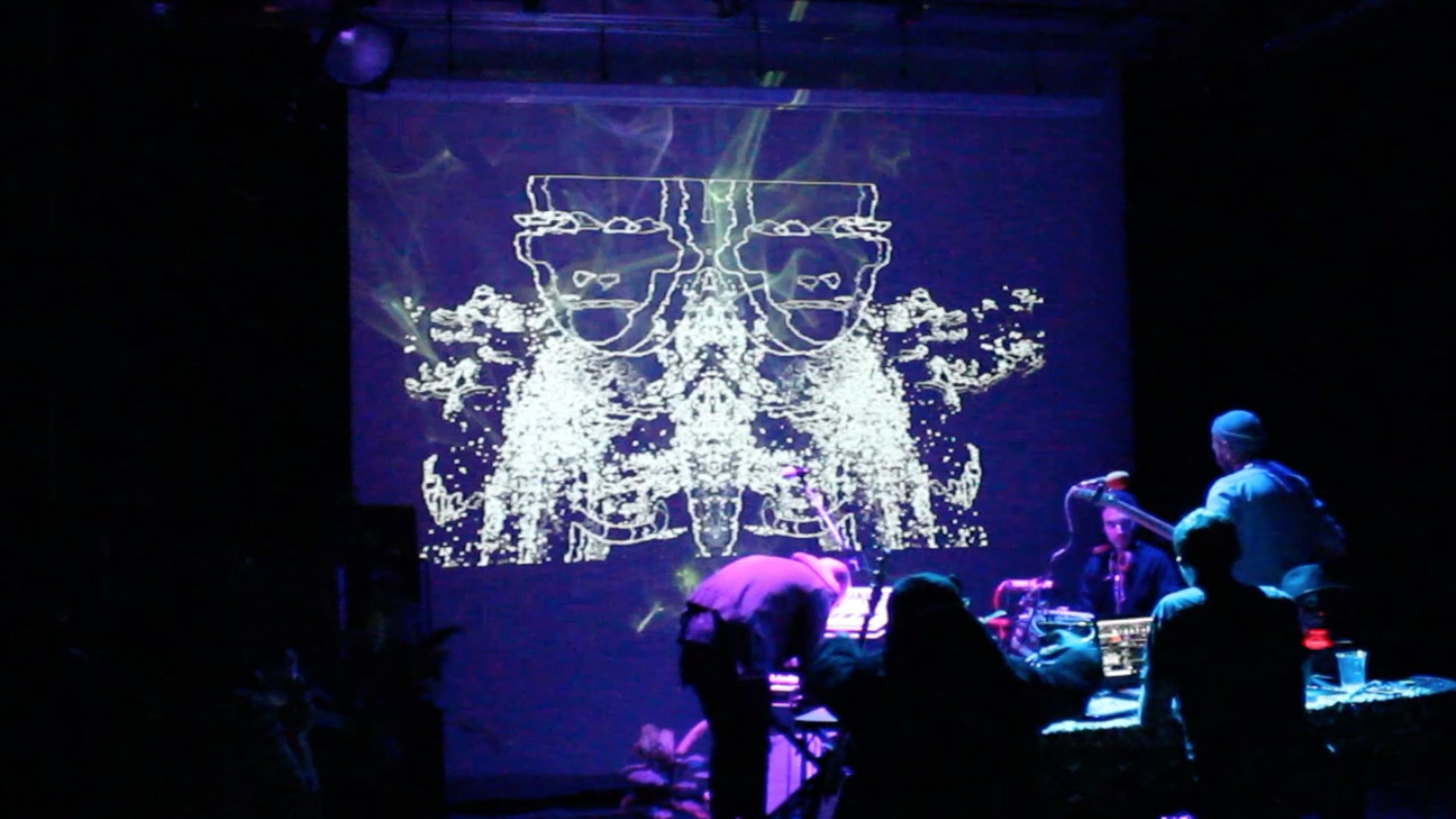
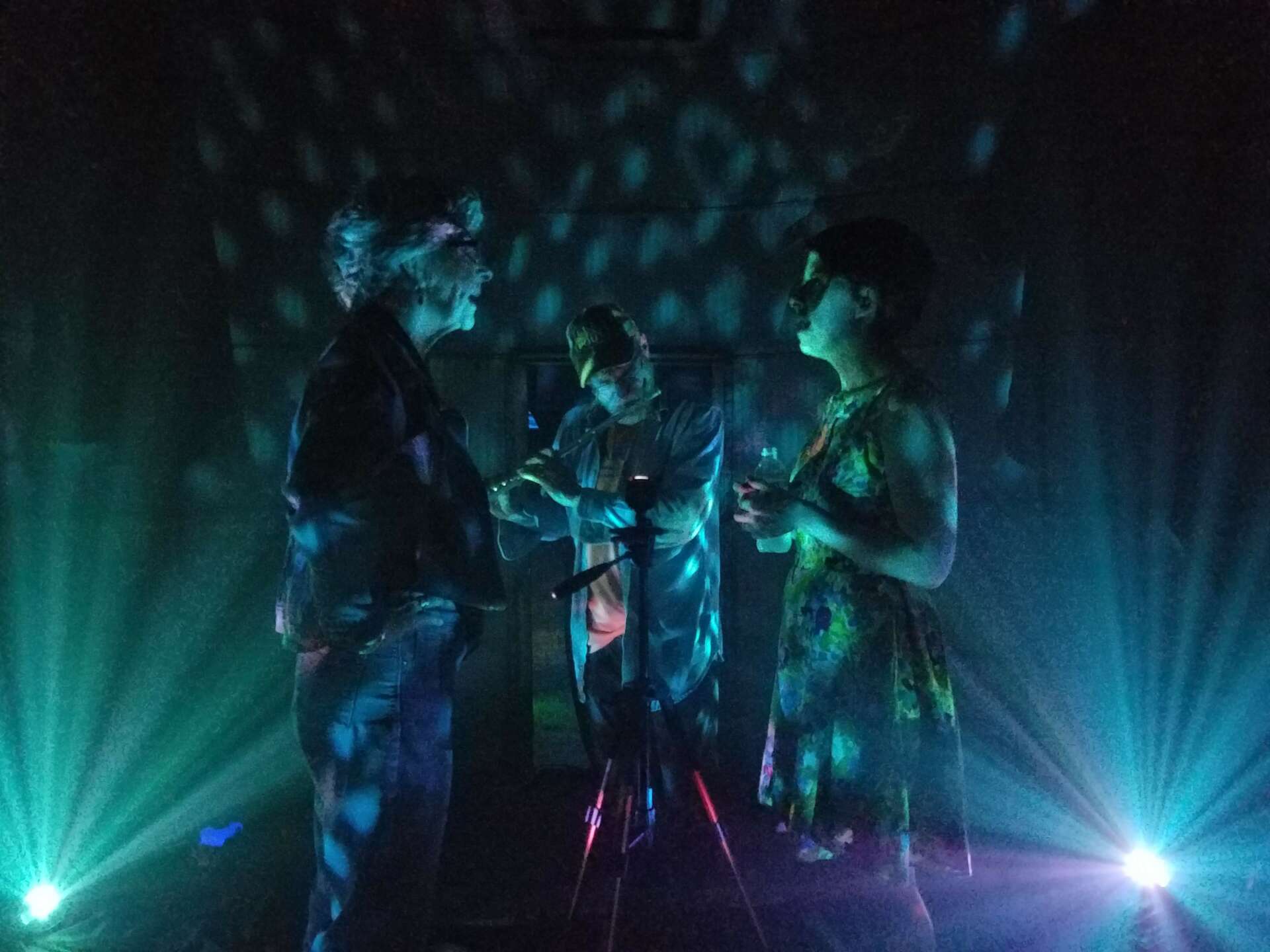
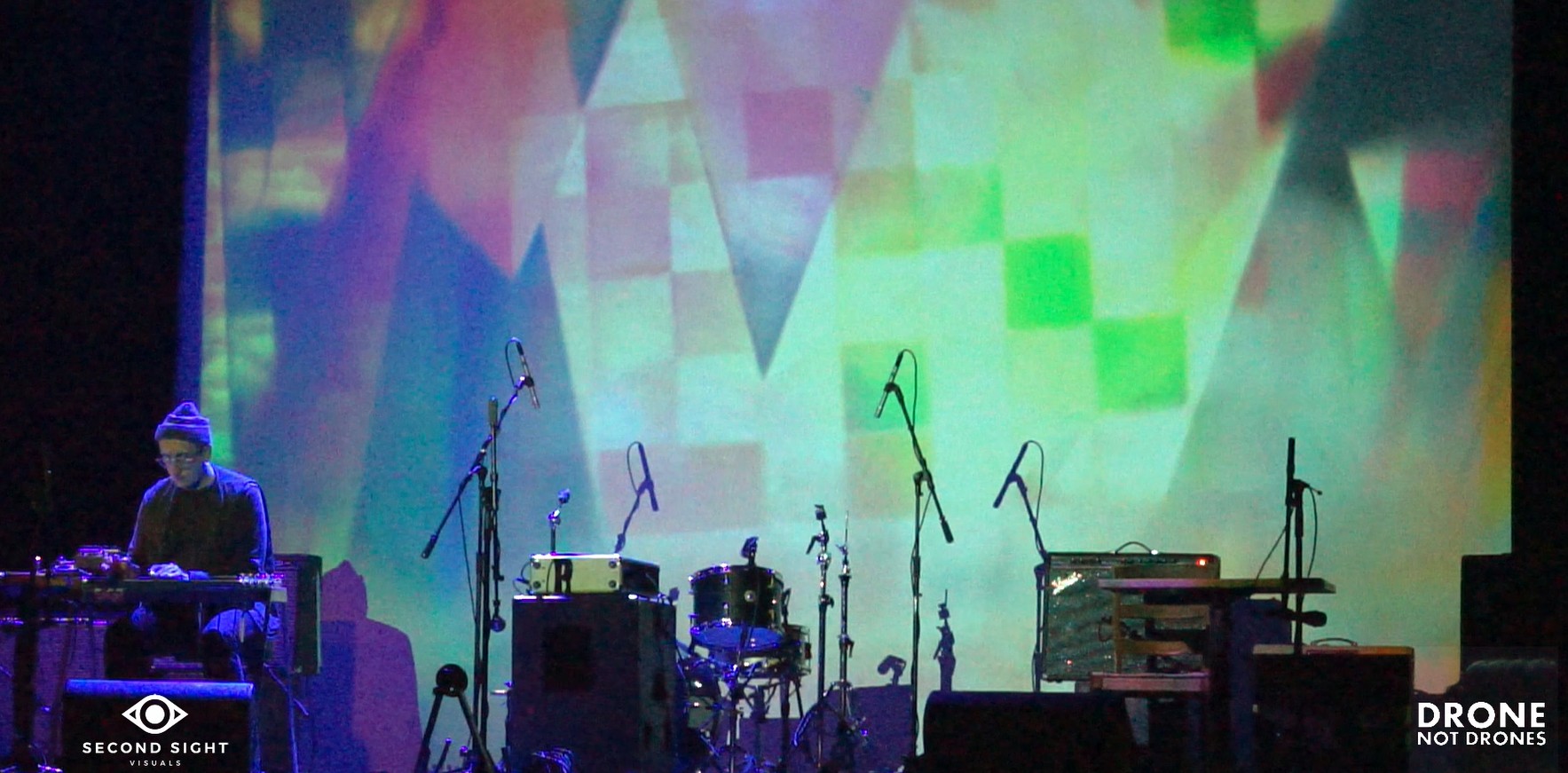

Are there any books, videos, essays or other resources that have significantly impacted your management and entrepreneurial thinking and philosophy?
This one is fairly easy. This is an interview with Thomas Wilfred, basically the master and creator of modern “Lumia” style light art, from 1968. It’s not too long and really dives into what he’s trying to accomplish from the audience’s point of perception.
“Basically the majestic, the unearthly, that which is not connected to the human being, in other words, “Space visions”. That is not the only direction, that is the main direction.”
Listen here:
https://www.wnyc.org/story/thomas-wilfred/
Contact Info:
- Website: www.secondsightvisuals.com
- Instagram: www.instagram.com/secondsightvisuals
- Facebook: www.facebook.com/secondsightvisuals
- Linkedin: https://www.linkedin.com/company/24799600
- Twitter: www.twitter.com/ssvisuals
- Youtube: https://www.youtube.com/channel/UCqpn11tyekEeKmK7bd-Y7Mw
- Other: NFTs: https://objkt.com/profile/tz1WowUic5FzA81jhwEN4icDaMqxVnVJj92z/created


